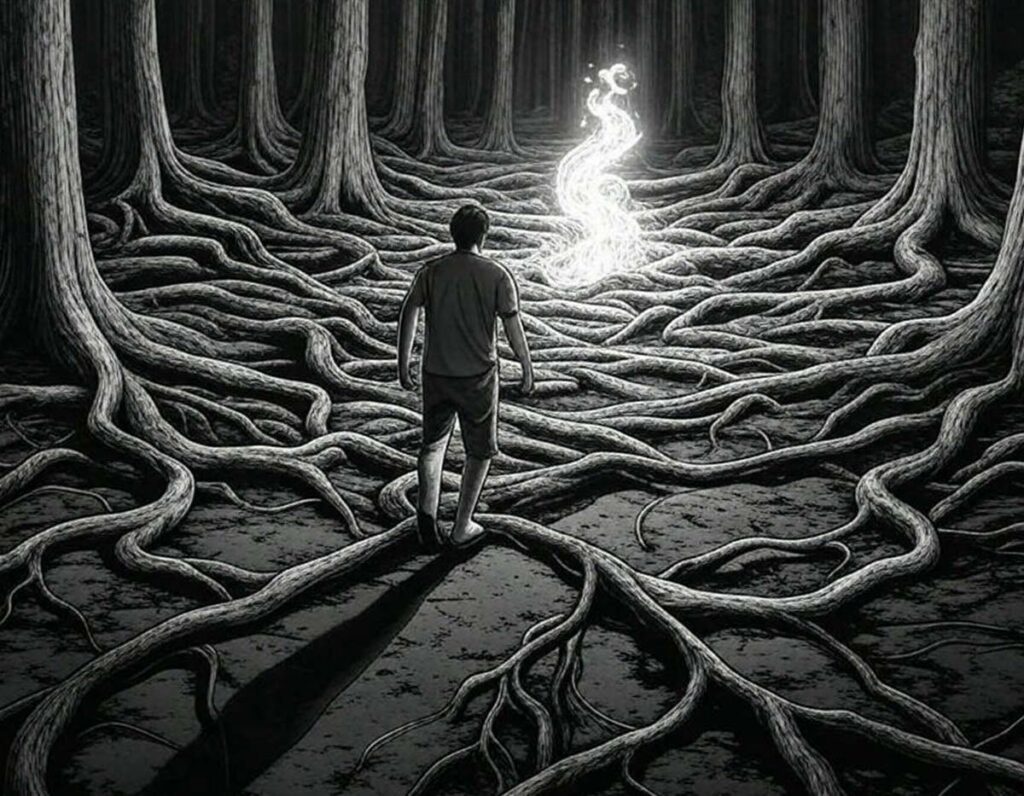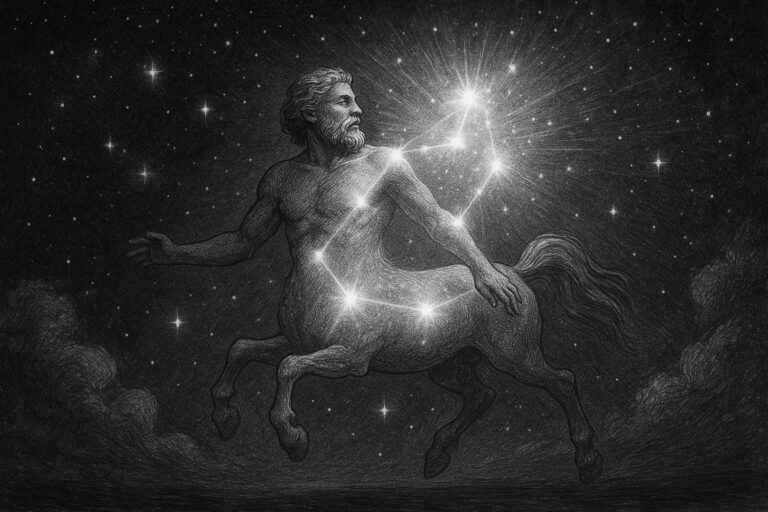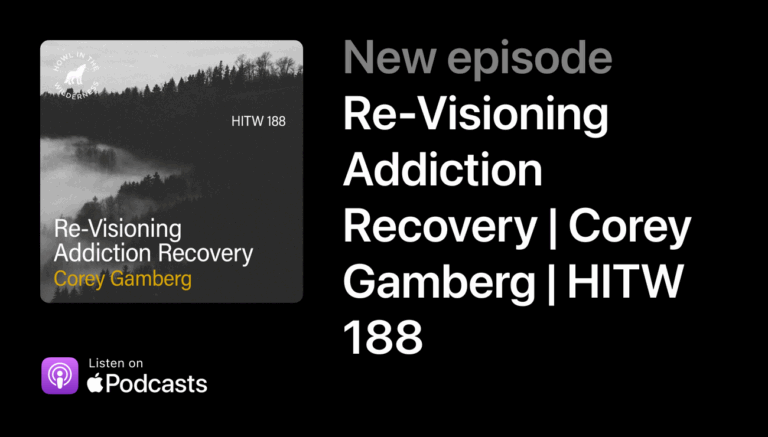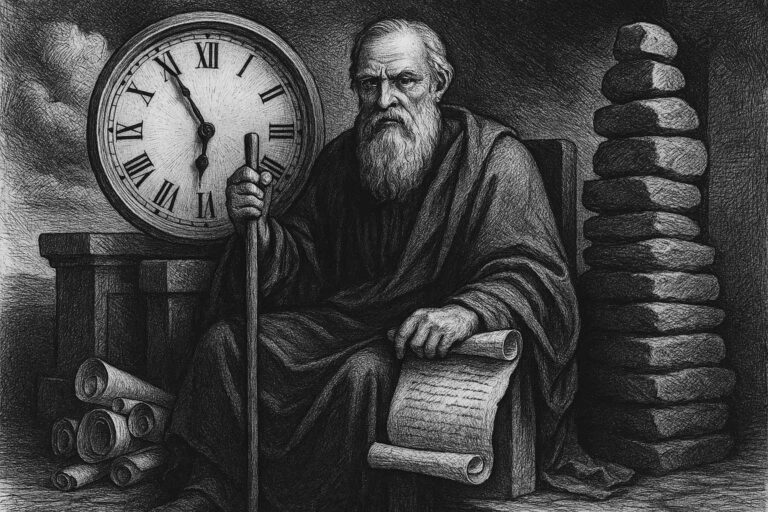One of the things I found myself really pressing up against throughout my time in collective recovery was the question of repetition. In the initial stages of my experience, repetition carried a positive connotation; the repeating of behaviors, practices, meeting attendance, inventory writing etc., But, at some point this on going repetition began to be felt as on going resistance. Resistance to what, I wondered. Had I been utilizing repetition to maintain a fantasy of on going growth, holding onto safety, refusing to move beyond what had been. Maybe all of the above.
After a period I needed something beyond these acts, and this philosophy on life to quench the thirst of my soul – it stopped working. At this time, and without any intent the work of C.G. Jung fell into my life, and the vehicle for this happening was an Episcopalian priest, in long term collective recovery himself, yet, looking to revitalize something of the past. Looking back, I see a similar pull in myself in desiring to look backwards in charting the way forward…
Falling into the works of C.G. Jung was a breath of fresh air, it felt like stepping into a new skin. At first his work and the integration of it along with the collective recovery approach of the 12-steps ignited a spark within me. I was on fire to carry this new experience to others, helping them to see the process of recovery through a psychoanalytic lens. My individuation began, and I slowly began to peel away from the rigid dogmatism of the 12-steps, so I thought.
I continued to talk of recovery as individuation, addiction as initiation, the moral inventory as shadow confrontation. Persona and its regressive restoration, dream work, and active imagination all became new tools in the so-called “toolbox” of recovery. And while these theories and ideas transformed my experience in recovery, they did not transform for me, recovery.
I recently watched the new film on Bob Dylan, and it touched me on such a deep level. You see, the thing about Dylan, and one of my oldest friends tried to tell me this for years, wasn’t the music, it is who he is, and what he stands for. In the film there is a scene where his characterization states, “I am whoever they don’t want me to be” to which a bystander replies and explains, thats still being controlled by them. This moment really struck me, as I reflected on what I have been considering for a few years now my rebellion towards collective recovery. The scene made me confront myself, and ask – am I truly being me, or, am I being what the collective doesn’t want me to be?
You see, for me Jung helped to amplify my addiction and recovery experience. As I stated above, they changed my experience in recovery, but not recovery. Dylan changed the way people experienced music, and then, he changed music.
I find a striking resemblance in the experience of changing the way I spoke about recovery, and now, looking to change recovery all together. And no, I am no Bob Dylan, but that which coursed through him, courses through me…
Returning back now to my experience with Jung, it slowly became similar to Dylans experience with his own collective. His songs became popularized, he became known for his idea, his thoughts, his genius – and then, everybody wanted him to be that way, one way. Jung claimed that the bedrock of neurosis was one-sidedness. After beginning to talk about Jung in my collective, I watched others become ignited. People were thirsty just like me for this shift, something new for their experience. But soon, I watched more and more people turn it into what it was not. People who lacked the experience of digesting the material to truly be transformed by it.
I began to feel just as I did before he fell Into my life. I realized at this moment, it is not the fault of those in recovery, it is the fault of recovery. Recovery as a phenomena demands structure, stability, formulation. Things must make sense, they must become stable, concretized. New ideas at once are loose, whimsical, and lacking definitive order. But, as more and more people claimed the ideas, they could not deal with the unsettledness. I soon felt as though that which was new and transformative for me at once was lost.
It was at this moment, when I began to be called to the work of another famous Jungian, James Hillman. It was and remains Hillmans work that has allowed me to “see-through” recovery, where as Jung’s work led only to its amplification. Through Jungs work I found another systemized and ideological structure, but with Hillman I found something much more; encouragement.
Hillman, like Dylan, embodied the archetype of the Puer. Traditionally know as “eternal youth” the puer ignites, sparks, sets on fire, disrupts, and transforms. In the same vein that Dylan went after music, Hillman after analysis, I too go after recovery in pursuit of its transformation, and on going individuation.
Via Hillmans puer spirit I felt for the first time encouragement, and support in breaking free of the oppressive Senex bonds of collective recovery. Reassured that transgressive thoughts, experiences, or behaviors were not wrong; but indistinguishable from transcendent pursuits such as those found in collective recovery and the 12 step process. He led me to see how the fantasy of growth, and progress ruled the fantasy of recovery. How the on going pursuit of “betterment” or what 12 steppers called “being well” or “recovered” was simply a fantasy, another addiction.
All three if these thinkers, Jung, Dylan, and Hillman exemplify the way in which to chart ones own course, as well as the difficulties that arise on the long and winding road. Loss, betrayal, endings, beginnings – the work of a depth recovery is beginning to see through these events, to their deeper, archetypal meaning in our lives. It was when this capacity developed within me, that I finally began to become ME, and not a new version of something old, not a new version of who they didn’t want me to be…
Jung claimed again, that one-sidedness was the greatest cause of neurosis. Hillman states that one-sidedness is the precondition of initiation. Collective recovery has its purpose, completes its task, but, if one does not begin to see through it, one misses the true initiatory experience the work is leading to. What the text of AA might think of as “a new hope, a new freedom”. Or, what a depth recovery views as post-recovery..




